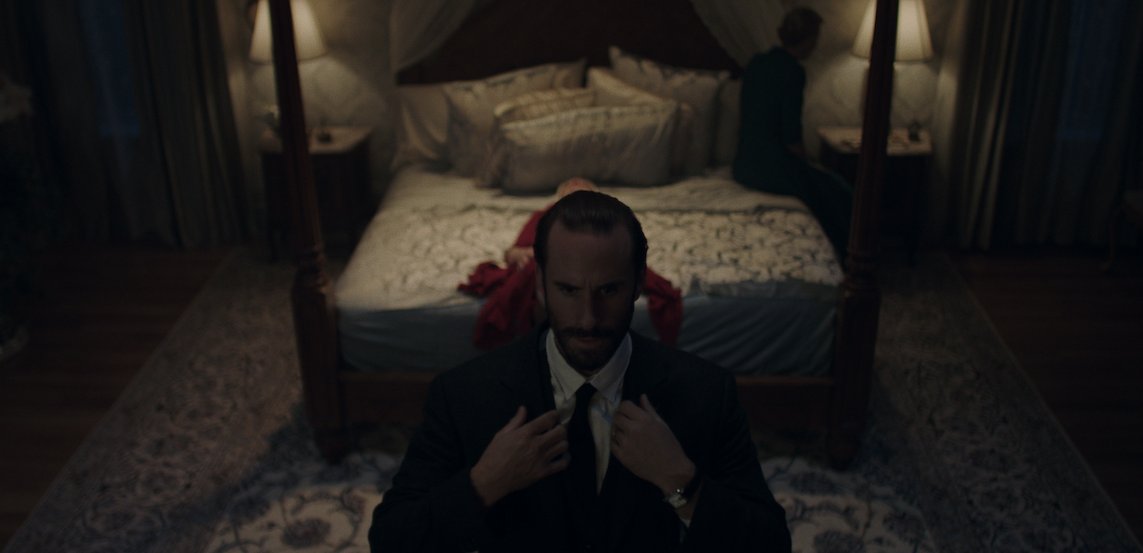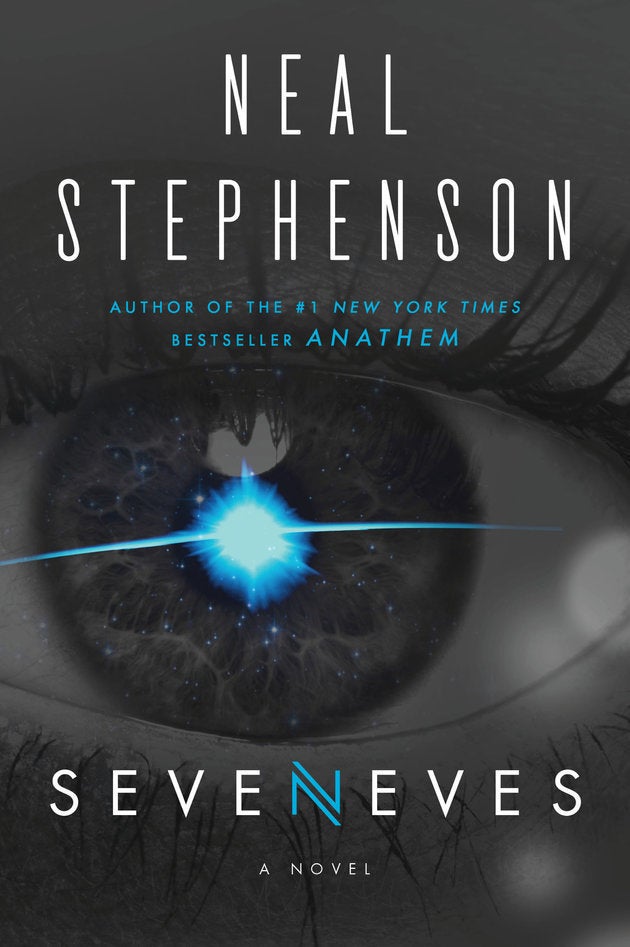In the third episode of Hulu’s “The Handmaid’s Tale,” viewers are exposed to a quotidian site seldom shown on television: a shock of red, sitting plainly in the heroine’s underwear, delivering the news that she’s started her period, and isn’t, as she thought, pregnant.
Menstruation is part of many women’s daily (or, monthly) lives, but the visual display of it remains a taboo in media. Just last year, a tampon company made waves by showing women boxing and climbing, and getting bloody as a result. Before that, depictions of bloody periods didn’t usually make it to TV, barring a few exceptions from “Degrassi,” “Mad Men,” and “Broad City.”
So, the choice to include a splotch of blood in “The Handmaid’s Tale” is a bold one. But, in an interview with The Huffington Post, showrunner Bruce Miller was matter-of-fact about the decision. “Our version needed to be unflinching if it was going to be successful.” Many women menstruate and bleed, he said, “and if people are uncomfortable with that, tough.”
This is in keeping with an inflammatory comment made by the cast during a panel at the Tribeca Film Festival, that they’ve since wheeled back. “It’s just a story about a woman,” actress Madeline Brewer said, when asked whether she got involved with the story because of its feminist themes. “It’s a human story because women’s rights are human rights,” the show’s star, Elisabeth Moss, said.
The remarks caused a stir, and were blamed on Hulu’s marketing team, even though Atwood herself has made similar claims. The author has taken issue with certain aspects of early feminism, which took a stand against feminine modes of self-expression; she’s also said that the story is about power dynamics more broadly, and could’ve been told from a man’s point of view.
In a recent New York Times op-ed, the author wrote, “[I]s ‘The Handmaid’s Tale’ a ‘feminist’ novel? If you mean a novel in which women are human beings — with all the variety of character and behavior that implies — and are also interesting and important, and what happens to them is crucial to the theme, structure and plot of the book, then yes. In that sense, many books are ‘feminist.’”
In other words, Atwood makes a distinction between her intention as a storyteller and the implications of the book for readers and scholars. As a novelist, she aims to tell a story about an individual’s struggles, her daily wants and hopes and fears. The character doesn’t explicitly observe that her biological womanhood is an integral part of her oppression and her experience of the world, as a feminist essayist might; instead, she observes that she’s feeling scared, or mad, or happy. But, to create a woman character who thinks and feels on her own terms is a feminist act, and certainly to read the book is a feminist experience.
Like Atwood, Miller discusses the show as Offred’s story, first and foremost. Early on, in hiring a director and costume designer, the team decided that filming close-in on Offred, to create a claustrophobic effect that would emulate her oppression, would be stylistically key.
“The book has a sense of anecdotal remembrance. She’s remembering things that’ve happened to her. So you don’t want to forget that she was there ― there’s no objectivity, it’s Offred telling stories of herself, of her life. You don’t ever want to lose that feeling of the book, that it’s a very personal narrative of Offred’s,” Miller said. “One of the strongest things about the book was not knowing everything else that was happening. We’re so used to being able to hop on the internet or watch TV or ask somebody a question, and she’s lost all of that. And that, to me, was so scary and so frustrating.”

To this end, the team worked to design custom bonnets that would let light through, so that scenes filmed close to Moss’s face would be possible. “You feel every emotion go across her face, even when she wants to hide from the rest of the world,” Miller said.
Staying true to the heroine’s point of view was key for Miller, who said he wanted to keep as much of Atwood’s original story intact as possible. Most of the updates were tethered to technology. In the book, Serena Joy, the woman who Offred serves as a handmaid for, is an evangelical personality on TV; in the show, she’s an author.
“If it isn’t real ― if you can say, ‘Oh, that’s not the real world’ ― then it’s less scary. The more it feels like the real world, the scarier it becomes, at least to me,” Miller said.
As it relates to today’s political climate, Miller thinks the show will encourage viewers to, “appreciate the freedoms that we have, and see little ways that they’re chipped away and what that can lead to.” Although the show was conceived before last year’s presidential election, Miller thinks its themes are relevant.
“There’s been just an unrelenting assault on [...] women’s sovereignty over their own bodies, that’s been happening at the state level and the national level, that’s been head-spinning,” he said.
Again, he steered the conversation toward Offred’s personal struggle, and what readers and viewers can glean from it.
“Every single part of her life is so truncated. Yet, she still finds ways to keep her brain alive, she still finds ways to manipulate and move the world around her to increase her chances of survival,” Miller said. “I think to me that’s super inspiring, because I always feel like ― the problems that we have, the government seems like an intractable force, a big, faceless force, but if Offred could do something, I should get off my ass and do something as well.”

